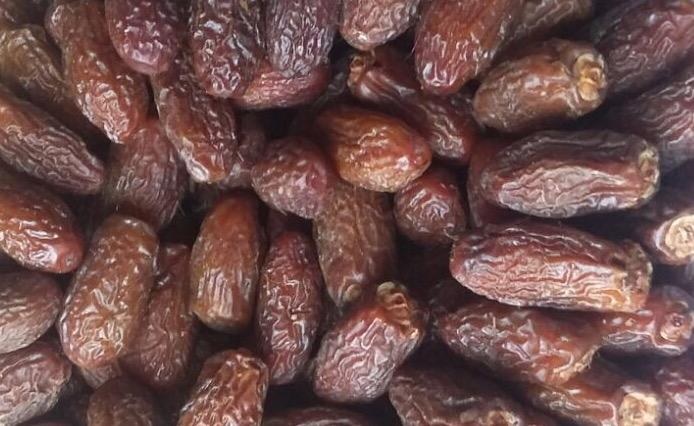
Aseel Dry Dates are a popular variety of dates that are grown in Pakistan and are known for their high quality and flavor. The dates are small and have a dry texture, which makes them ideal for cooking, baking and snacking. Aseel Dry Dates are also packed with a wealth of nutrients, including fiber, vitamins, and minerals.
Excellent Source of Energy
One of the key benefits of consuming Aseel Dry Dates is that they are an excellent source of energy. This makes them a great snack for athletes, gym-goers and people who are always on the go. The dates are also high in iron, which is important for maintaining healthy red blood cells, and potassium, which is important for maintaining healthy blood pressure levels.
Alternative to Sugar
Another great feature of Aseel Dry Dates is that they are naturally sweet, which makes them a great alternative to sugar. This is because they contain fructose, which is a natural sugar found in fruit. This means that you can enjoy sweet treats without having to worry about consuming unhealthy added sugars.
Health Benefits
In addition to their great taste and health benefits, Aseel Dry Dates are also versatile and can be used in a variety of dishes. They can be added to oatmeal, smoothies, and baked goods, or simply enjoyed on their own as a healthy snack. They are also commonly used in Middle Eastern dishes, such as stews and curries, to add natural sweetness and depth of flavor.
Overall, Aseel Dry Dates are a delicious and nutritious food that everyone should consider incorporating into their diet. They are easy to use, affordable, and packed with a wealth of health benefits, making them a must-have for anyone who loves healthy, wholesome foods.
Dates are known by different names in various languages. Here are a few examples:
- Chuara (Urdu/Hindi)
- Khajoor (Urdu/Hindi)
- Khaji (Bengali)
- Khajji (Punjabi)
- Tamoor (Arabic)
- Datteln (German)
These are just a few examples, and there are many more names for dates in different languages around the world. It’s interesting to see how the name of this fruit varies across cultures and regions.
